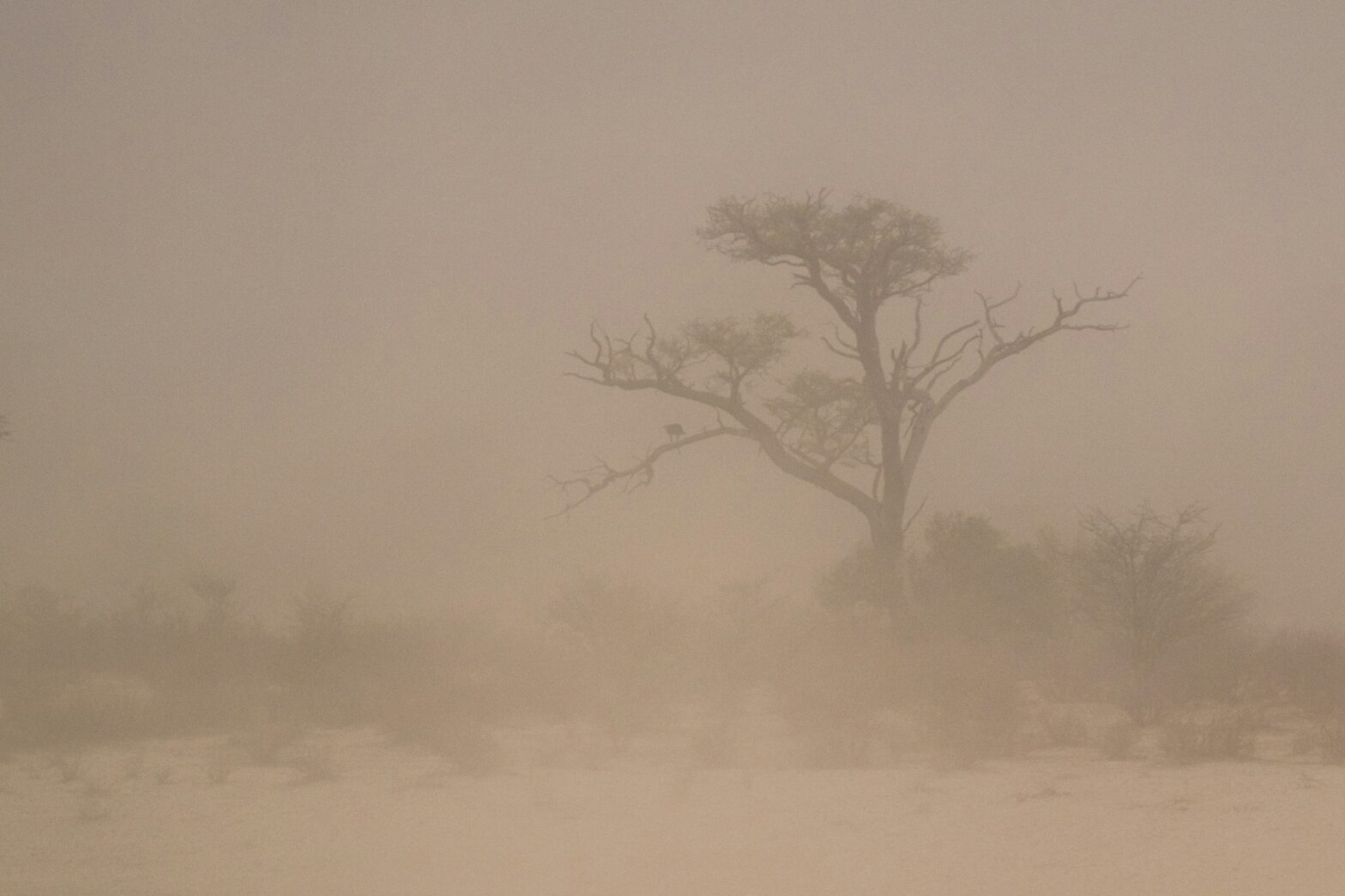When younger generations hear the term Afrobeats, they automatically associate the musical genre with artists like Wizkid, Davido, or Burna Boy. And while each of them are making waves in their own right and bringing awareness to the culture, it’s important to note that this style of music has been around long before people were screaming out “You don’t need no other body.” (Yea, it’s in our heads now, too).
In fact, its big brother is actually called Afrobeat. Yes, that ‘s’ makes a difference.
While the two sounds claim roots in West African nations like Ghana and Nigeria, there are some distinctions that separate the two.
The history of Afrobeat

The sound that is known as Afrobeat is credited to Nigerian musical artist Fela Aníkúlápó-Kuti. Kuti, the pioneer of the genre, was heavily inspired by the emerging jazz scene during his time in London in the 1960s. While he was in London for school, he decided to drop out and return to his native land— Nigeria— to develop his own musical aspirations.
It would take nearly 10 years for his band, Africa 70 (first Nigeria 70), to gain popularity.
Many describe the original sound as a mix of calypso, American jazz, funk, and traditional West African rhythms— all fused with a message of activism and political issues in the lyrics.
Kuti was known for singing in both Yoruba and English, as he spoke on current issues pressing both Nigerian and Western culture, alongside a live band. According to The Culture Trip, songs could last up to 30 minutes when done for a recorded album or even longer when performed live.
Another key distinction of Afrobeat is that it often involved a full band, including saxophones and guitars.
The emergence of Afrobeats

As the sound continued to spread across West Africa and as far as the Western world, a new genre began to spawn from it. Afrobeats, or as some call it Afropop, is said to be inspired by the original Afrobeat sound mixed with more Westernized African culture from those living in London and beyond.
Nearly 60 years later, the now mainstream genre pulls from juju, dancehall, soca, Naija beats, house, and hiplife, a Ghanian take on hip-hop— as noted by MasterClass. You can also hear the influences of American Hip hop in many songs.
Unlike its predecessor, Afrobeats are typically mixed in studio and don’t include live instruments— other than the heavy drum rhythms inspired by the Motherland.
Today, Afrobeats can be heard on nearly any international hip hop or pop station, as artists like Drake Justin Beiber, and Beyoncé began to draw their own inspiration from the sound. It is also worth noting that African artists like Tems, Tiwa Savage, Stonebwoy and more are making their mark and putting more African nations on the international music maps.
We love to see it.
Thank you Fela Kuti for your contributions. Without you, there would be no Afrobeats.





